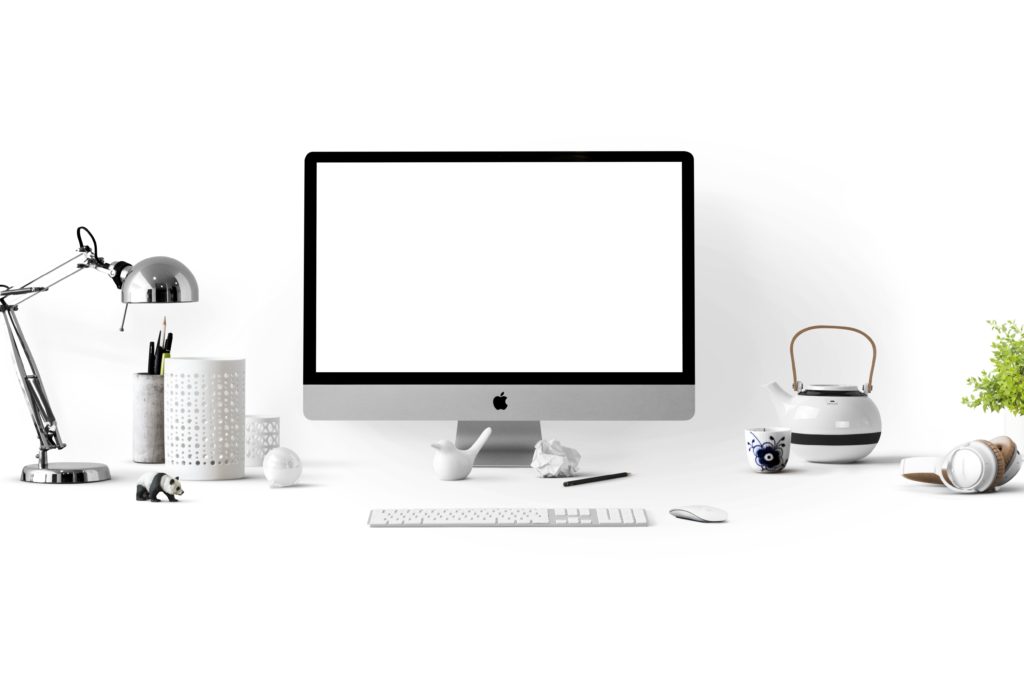Many organisations offer their employees the opportunity to work at different locations. Although everyone can…
Stress, E-mails, and Going Back to Basics
3.
Stress, E-mails, and Going Back to Basics

E-mails, e-mails, e-mails!
It’s no secret that many of us end up answering emails hours before we arrive at the office, and hours after we leave. This is detrimental to our health as it heightens anxiety, contributes to workplace stress and takes time away from our friends and family .
One way to start the process of dealing with stress at work is to look at your emailing habits. How much time do you really lose on emails? The average employee sends and receives more than 120 emails per day . One study shows that people spend up to 12 hours per week in the office and another 5 hours at home reading and responding to emails . When looking for strategies on how to deal with stress at work, e-mails are a critical factor.
Of course, e-mail communication has its benefits. But how much easier would your day to day life be if you weren’t constantly refreshing your inbox to reply to Operations, or writing, rewriting, and editing emails to your boss? Wouldn’t this facilitate managing stress at work?
Think about all of the actual work you could get done in that amount of time! More research shows that spending less time in your inbox and replies will lead to stress relief . Which is probably why some companies have even banned after hours e-mailing due to the added work stress .
Leave Your Work at Work
The easiest way for stress management in the workplace seems so obvious, leave work at the office, including your e-mails! So many of us have our work e-mails set up to our smartphones, we don’t think twice about it – neither about the time wasted, nor about the additional workplace stress, or the implicated security risks. Accessing work data on unsecure WiFi at a café, or not properly secured WiFi at home, even, can lead to small (or even large) data breaches. But how often do we think about things such as work stress when work email on our smartphones just seems natural?
We thought of some stress management strategies to try out. Imagine not being available 24 hours a day via email. What if we deleted our work e-mail setup on our smartphones and gave ourselves the challenge of only checking e-mails when we are at our computers. This isn’t to say not to check your e-mails at all, sometimes it’s necessary when you have a looming deadline or leading up to important pitch meetings. Or what if you gave yourself only one hour at home to look at afterhours emails, and other than that you stayed offline? It gives you a chance to reduce workplace stress drastically while still staying up to date. Even more radically, what if one day per week you set an out-of-office email, letting people know you are only available via phone at a few specific times during the day. These “time outs” are a great possibility for stress management in the workplace.
But there is a solution for stress relief at work. Moving from constant and consistent written communication back to the basics of telephony has the potential to change not only your outlook on your work life, but reintegrate some person-to-person connection that gets lost in the digital world.But What If It’s Important?
But What If It’s Important?
You might argue that getting that email from your manager or team lead every morning is important for planning your days, albeit the increased work stress and risk for burnout. But there are other ways to do this.
Our founder and CEO Hans Lasonder remembers a simpler time, before e-mails started taking over business communication. “Years before I started this company, I worked for a number of multinationals. I distinctly remember that in one of these positions, we had Monday morning call-ins. Monday mornings at 7 am, we were invited to dial into the weekly report with our regional director. In these morning sessions, the director would summarise the last week’s agenda and set us up for the week ahead. This made Monday morning commutes that much better for many of us, dialling into those calls made Monday starts at the office that much easier”.
By making concessions to e-mailing like this (but in favour of coping with stress at work), we save time, stress and energy that is otherwise lost in written communication. Often people use e-mails to avoid confrontation and making decisions . Think about how many times you’ve received an e-mail where you didn’t quite understand what the person was communicating. Then, instead of picking up the phone to clarify the issue, playing e-mail tag all day trying to figure it out. How much additional work stress did this cause?
Need an easy fix to help dealing with stress at work? Instead of long e-mail chains, what if you took your business back to basics and implemented that weekly conference call Hans reminisced about to make sure everyone is on the same page and can spend their weeks doing meaningful and productive work, instead of chasing down emails. It’s one of the easiest and most feasible stress management strategies at work!
We can help you with that. Get in touch for a quote for local (conference call-in) numbers for your employees near and far!




